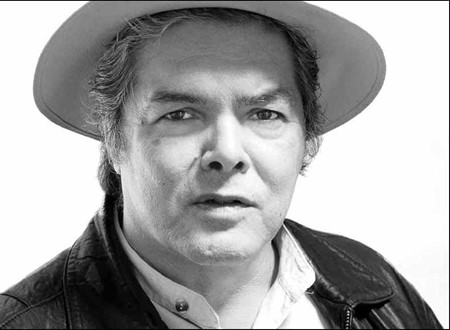There can be few classical music enthusiasts who haven’t heard of El Sistema, Venezuela’s vast music education programme. It emphasizes intensive ensemble work from the earliest stages and relies on group learning and peer teaching with a commitment to the joys of music-making. Although it has recently encountered some scathingly critical press reports, El Sistema consists of over a hundred youth orchestras, fifty-five children’s orchestras, and nearly three hundred music centres. The system has over 500,000 students and there are plans to expand the programme to serve a million students annually. These are staggering numbers, yet participation is theoretically free for all students, the enormous and expensive organisation being financed by the Venezuelan government.
El Sistema began in 1975 under the leadership of conductor, violinist and educator José Abreu (ah-BREH-oo) to help poor Venezuelan children learn to play a musical instrument and eventually become part of an orchestra. It began modestly enough with less than a dozen students in an underground parking lot. Abreu believes that “music should be recognized as an agent of social development in the highest sense, because it transmits the exemplary values of solidarity, harmony and mutual compassion. It also has the ability to unite an entire community and to express sublime feelings”.
 Composer Arturo Márquez.
Composer Arturo Márquez.
The System has produced international musicians, among them Gustavo Dudamel, the chief conductor of the world-renowned Simón Bolívar Youth Orchestra, itself a product of El Sistema. Dudamel is also Music Director of the Los Angeles Philharmonic and Honorary Conductor of the Gothenburg Symphony in Sweden. He started conducting as a child and later attracted the attention of conductors Sir Simon Rattle and Claudio Abbado. In 2002 he was invited to study with Rattle in a scheme supported by the Berlin Philharmonic. Those who know Dudamel comment on his dedication and passion for music and his capacity for sheer hard work.
Arturo Márquez (b.1950): Danzón No. 2. Simón Bolívar Symphony Orchestra cond. Gustavo Dudamel (Duration: 09:41, Video: 480p)
There is a wealth of exciting orchestral music from Mexico and South America written by composers who are barely known in Europe. Arturo Márquez is one such musician and this exuberant work is a good example of his colourful musical style which uses elements of Mexican folk and popular music. His father played in a mariachi band and his paternal grandfather was a folk musician. In his childhood he was surrounded by the music which would become the driving force in his later compositions.
Danzón No. 2 is one of Mexico’s most popular orchestral compositions. It was commissioned by the National Autonomous University of Mexico and first performed in 1994 in Mexico City. The name of the piece refers to a dance style called the danzón, a national dance of Cuba also popular in Mexico and Puerto Rico. The dance evolved from another form known as the contradanza which surprisingly may have had its roots in England.
The danzón found a new home in the Mexican state of Veracruz where Arturo Márquez evidently got the idea for the work. It opens with an evocative sound-image of a ballroom – presumably in Veracruz – but the mood soon changes into a carnival-like atmosphere. The orchestra gives a fine performance with superb precision and committed playing. It’s all thrilling stuff.
José Pablo Moncayo García (1912-1958): Huapango. Simón Bolívar Symphony Orchestra cond. Gustavo Dudamel (Duration: 08:51, Video: 480p)
Moncayo is another of those Mexican composers virtually unknown in Europe but in Mexico he’s considered one of the country’s top composers. Although he wrote many orchestral works, chamber music, a couple of symphonies, an opera and a ballet, he’s best-known for this colourful orchestral fantasy. The huapango is a Mexican folk dance which exists in a variety of different forms but invariably has a rather complicated rhythmic structure. Written in 1941, this music is Mexican to the core and was first performed in 1941 by the Symphony Orchestra of Mexico. It’s thrilling music – a power-house of brilliantly articulated sounds. The music has raw energy and heart-tugging moments of poignant yet joyous melody.
Incidentally, the orchestra that appears in this video used to be called the Simon Bolivar Youth Orchestra of Venezuela. By the year 2011 the ageing players could hardly be described as “youth” and the name was subsequently changed. The country’s national youth orchestra is now the Teresa Carreño Youth Orchestra.
It’s wonderful to see these fine young musicians playing with the commitment of soloists and have such an obvious delight in the music. This is a superb orchestra by any standards and The System couldn’t possibly have better ambassadors. And by the way, the country acquired its name during a visit by the Spanish seafarer Alonso de Ojeda in1499. It seems that the local stilt houses on the water reminded the expedition’s navigator of Venice, so he promptly named the region Veneziola – “Little Venice”.




